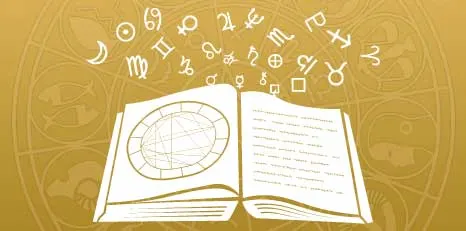Mars in Taurus square Pholus in Leo in the birth chart
With Mars in Taurus, you're the embodiment of tenacity and determination. You're not one to make rash decisions, instead, you prefer to take your time, strategize, and then act with unwavering resolve. Your energy is like a mighty oak tree, deeply rooted and unmovable, symbolizing your steadfast nature.
Pholus in Leo, on the other hand, brings a touch of drama and a flair for the theatrical. It's like you're the star of your own Broadway show, with a dash of Shakespearean tragedy thrown in for good measure. You have a deep-seated need for recognition and appreciation, and you're not afraid to take center stage and demand it.
Now, when Mars in Taurus squares Pholus in Leo, it creates a unique dynamic. The energy of Mars in Taurus, which is all about slow, steady progress and practicality, clashes with the flamboyant and attention-seeking Pholus in Leo. It's like a tug of war between a tortoise and a peacock – one wants to plod along at its own pace, while the other wants to strut its stuff and be admired.
This square aspect might make you feel like you're constantly being pulled in two different directions. On one hand, you want to stick to your tried-and-true methods and take things slow. On the other hand, there's this burning desire to be seen and acknowledged, to take risks and make grand gestures. It's like you're a rock star stuck in a librarian's body, or a tortoise with a peacock feather stuck on its shell.
But this internal conflict isn't necessarily a bad thing. It challenges you to find a balance between your need for stability and your desire for recognition. It pushes you to step out of your comfort zone, but also reminds you not to lose sight of your roots. So, while it might feel like you're a tortoise trying to strut like a peacock, remember that you can be both. You can be the tortoise that takes its time, and the peacock that isn't afraid to show off its colors.
Register with 12andus to delve into your personalized birth charts, synastry, composite, and transit readings.
Comprehensive PDF Reports

Comprehensive PDF readings, spanning 100 to 300+ pages for birth charts, relationship analyses, and forecasts. Dive deep into the intricacies of each planetary placement with our reports, meticulously examining their aspects and subtleties. Crafted as an astrological masterpiece, it serves as a lifelong reference, offering the most personalized insights into both you and your relationships. Your celestial storybook awaits.
Ask the Astrologer

Ask your unique question to a 12andus astrologer. Our astrologer will provide a thoughtful response of over 800 words within a few days, following a careful analysis of your chart as set in your profile. Inquiries can span a variety of topics, including love, relationships, career, personality traits, or broader life concerns. We're here to help guide you through your astrological journey.
Full Free Readings

Delve into the complexities of your astral narrative with our deeply personalized astrological readings. From the profound revelations in your birth analysis to the dynamics of synastry, composite, and transit explorations, each reading is finely curated for your unique cosmic storyline. Click for an astrology experience crafted with unmatched precision and detail.
